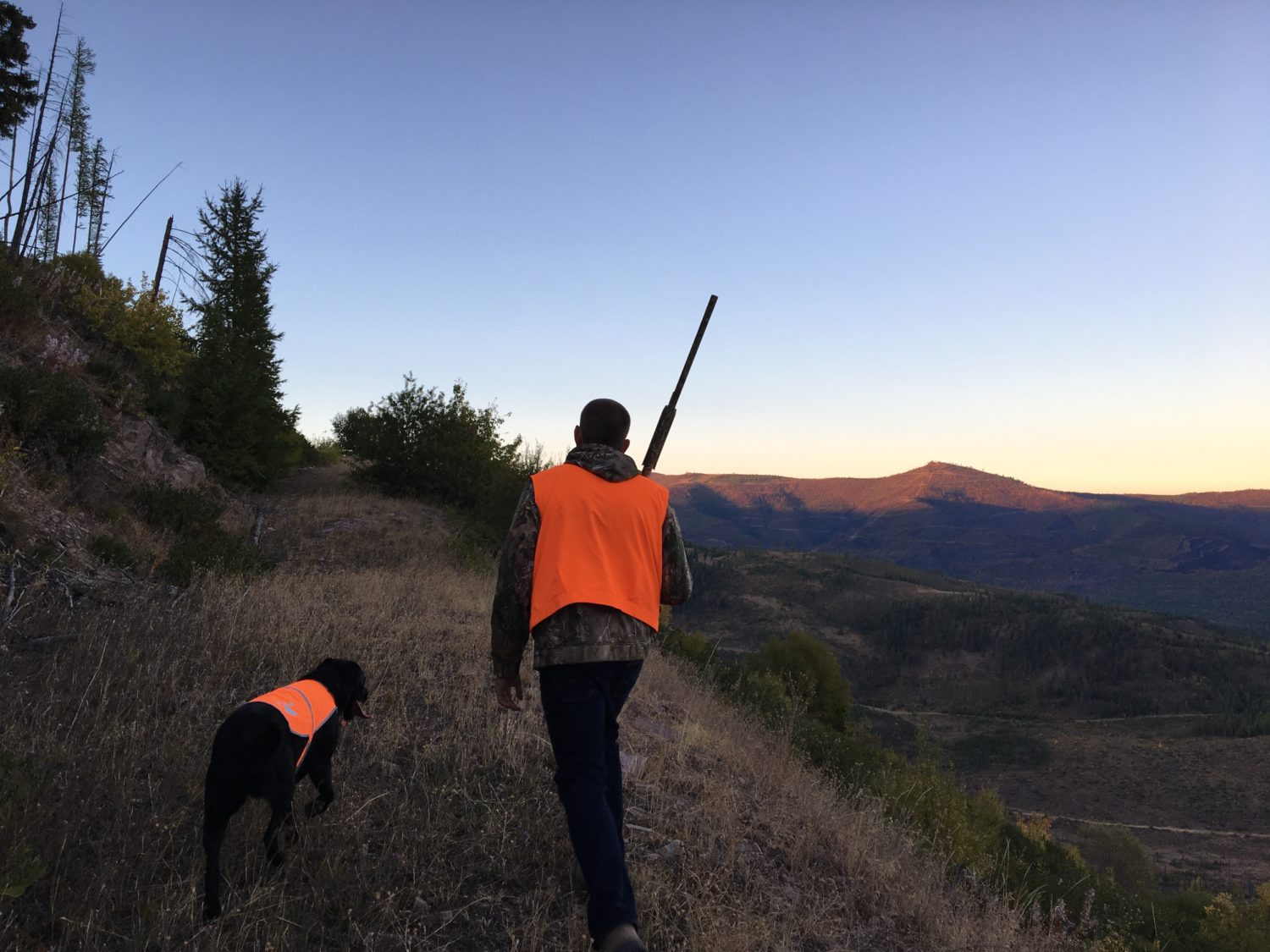At a critical time for America’s public lands, hunters and anglers—the country’s original conservationists—are asking everyone who enjoys outdoor recreation: Will you go outside with us?
It’s safe to say that, as Americans, we’ve been through a lot in this election cycle. From the 24-7 media circus to the contention between the two candidates, no one would blame you for feeling overstimulated or just plain exhausted.
Sounds like it’s time to go outside.

The outdoors have a true healing effect on the mind and body, and the hunting and fishing sports, especially, have an ability to transport. Whether you’re brought back to your earliest memories of watching the woods wake up at dawn or so lost in listening for the footfall of approaching game that you’ve completely forgotten your worries, the natural world provides us with serenity. Out there, we are part of something bigger than ourselves. It’s where we are challenged, and as we find ourselves capable, we feel validated.
That’s why the TRCP is proud to join a growing coalition of more than 400 groups who, inspired by outdoor retailer REI’s movement to #OptOutside the day after Thanksgiving, are finding unity and purpose in the outdoors.
As we come back together as a nation, the question of where we go to spend time outside is an important one. The abundance of public lands in our country, and the right to access them for recreation, makes the U.S. unique in all the world. All Americans are richer for being able to share in their ownership. And the landscapes that are appealing to hunters, anglers, hikers, bikers, climbers, and American families drive spending and support jobs in adjacent communities. Still, a movement to offload or privatize national public lands continues to find traction in Western states and on Capitol Hill.
This is not just unacceptable, it’s a threat to our national identity. Hunters and anglers who follow our blog know this—it has been a central fight for TRCP and our conservation partners since January 2015, and more than 35,000 sportsmen and women have signed a petition opposing threats to our public lands legacy.
But, to anyone else who heads outside to escape, heal, sweat, bond, or breathe a little deeper, I’d like to say to YOU that we can’t do this alone.
For every benefit that public lands provide, there’s an interest group ready to seize upon the opportunity. Even within our broader outdoor recreation community, there’s admittedly some mistrust between niches—those who ride versus those who run, those who watch wildlife versus those who harvest. With so much at stake, we cannot allow these unspoken hierarchies to divide us—it weakens the base of support that is absolutely critical to America’s public lands legacy.
Speaking for hunters and anglers, I hope that the rest of #OptOutside nation—at more than 1.3 million strong—will unite with us in the outdoors, celebrate the camo AND the climbers that you see in your social feeds, and check politics at the trailhead. If we can’t come together, we may just find ourselves united outside a locked gate.





